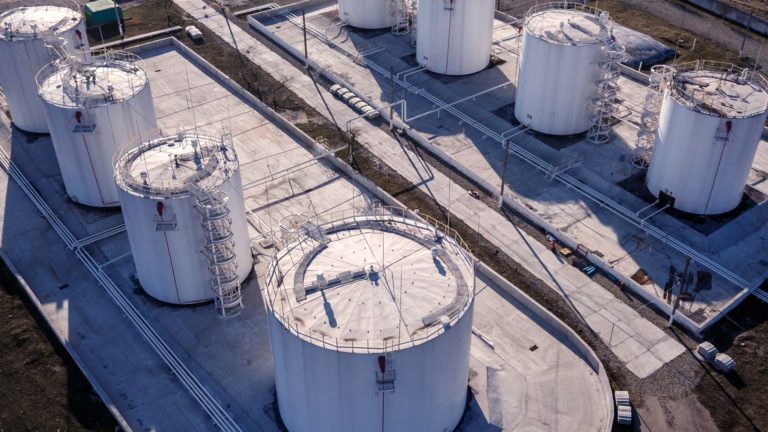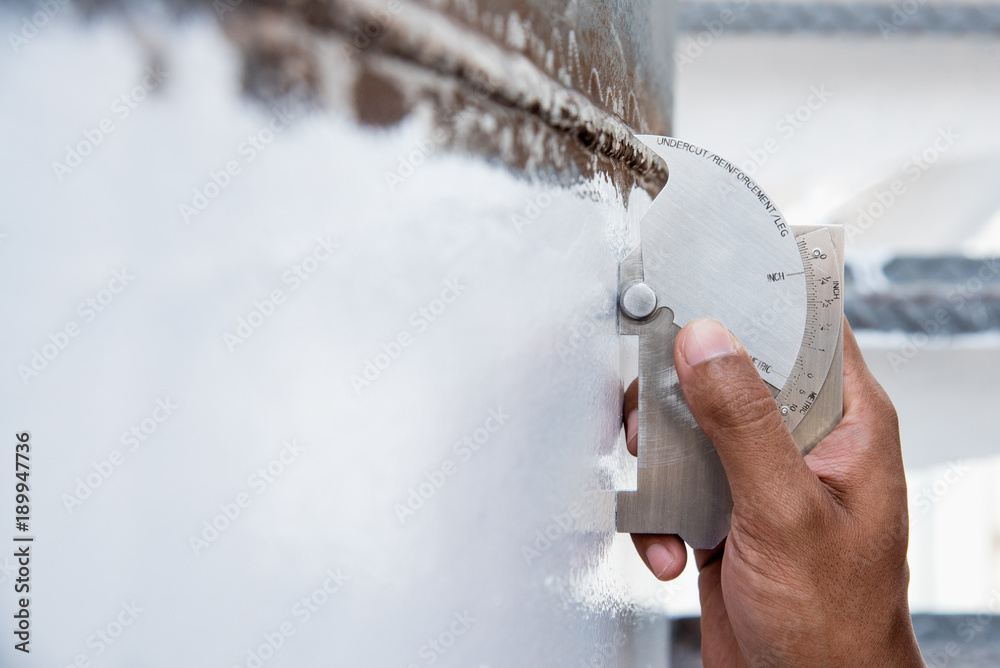Comprehensive Guide to Tank Welding Inspection for Security and High quality
Comprehensive Guide to Tank Welding Inspection for Security and High quality
Blog Article
An In-depth Summary of Storage Tank Welding Inspection Requirements and Methodologies for Improved Weld High Quality and Efficiency
The significance of welding evaluation criteria in the production of containers can not be overemphasized, as they offer as the backbone for guaranteeing weld integrity and operational dependability. Numerous examination methods, consisting of visual assessments and progressed non-destructive testing techniques, are vital in identifying potential imperfections that could jeopardize efficiency.
Value of Welding Assessment Criteria

Welding evaluation requirements encompass a range of standards, consisting of material requirements, welding procedures, and certifications of workers associated with the welding procedure. By applying these criteria, organizations can methodically determine and fix potential flaws, consequently minimizing the likelihood of costly repairs or devastating failures. Rigorous assessment methods foster a society of accountability and precision, encouraging welders to maintain high levels of workmanship.

Usual Welding Evaluation Strategies


Ultrasonic Checking (UT) is one more widespread technique, using high-frequency acoustic waves to find inner flaws that may not be visible externally. This approach is particularly reliable for determining gaps or incorporations within the weld steel. Magnetic Bit Testing (MT) is also widely made use of, especially for ferromagnetic products, as it reveals surface and near-surface defects via the application of magnetic fields and ferrous bits.
Furthermore, Fluid Penetrant Screening (PT) detects surface-breaking flaws by applying a penetrant to the weld and after that making use of a developer to extract the penetrant. Each of these techniques adds to an extensive examination method, guaranteeing that welds fulfill the stringent top quality requirements needed in tank building and construction.
Governing Criteria and Conformity
Regulatory requirements and conformity are important elements in guaranteeing the safety and dependability of bonded frameworks in container construction - Tank Welding Inspection. These criteria offer to establish minimum needs for material buildings, welding procedures, and examination techniques, thereby decreasing the threat of architectural failings and improving overall performance
Key companies, such as the American Culture of Mechanical Designers (ASME) and the American Welding Culture (AWS), provide standards that are widely taken on in the industry. Conformity with these requirements not just ensures adherence to ideal methods but also fulfills legal and contractual responsibilities, safeguarding the passions of stakeholders.
Governing bodies commonly mandate adherence to particular codes, such as ASME Code Area IX for welding credentials and API 650 for welded containers. These codes detail requirements for welding techniques, qualifications of personnel, and testing techniques to verify weld integrity.
Regular audits and assessments are critical to maintaining conformity, as they aid recognize deviations from developed requirements. Non-compliance can lead to significant fines, job delays, and security dangers. Thus, a durable understanding of regulative requirements and Resources a commitment discover this info here to compliance are extremely important in achieving premium and sturdy welded container frameworks.
Non-Destructive Testing Approaches
How can the honesty of welded frameworks be ensured without causing damage? Non-destructive screening (NDT) methods supply a robust option, enabling inspectors to review weld high quality without compromising the material - Tank Welding Inspection. Among the most usual NDT techniques are ultrasonic testing (UT), radiographic screening (RT), magnetic fragment testing (MT), and color penetrant testing (PT)
Radiographic screening entails passing X-rays or gamma rays through the weld, developing images that reveal structural flaws such as cracks or voids. This method is very useful for analyzing the stability of complex welds.
Magnetic bit testing is fit for ferromagnetic products, where magnetic fields expose surface and near-surface discontinuities. Dye penetrant testing utilizes a liquid color to highlight surface-breaking defects, making it an effective method for non-porous products.
Each of these NDT techniques has distinct benefits, enabling detailed evaluations tailored to particular products and welding procedures. By executing these methods, industries can ensure the integrity and security of welded frameworks, eventually boosting general performance.
Enhancing Weld High Quality With Examination
Efficient examination plays a crucial function in improving weld high quality, working as an essential checkpoint in the manufacture procedure. By identifying prospective problems early, examinations mitigate the risk of compromised architectural honesty and make certain conformity with industry requirements. Using a combination of visual examinations, non-destructive screening (NDT) approaches, and mechanical analyses, examiners can find concerns such as porosity, splits, and incomplete fusion.
Implementing a durable examination protocol not only improves the total high quality of welds however also promotes a society of accountability among welders and fabricators. Regular training and certification of inspection personnel guarantee that they are outfitted with the required skills to recognize and resolve potential problems efficiently. This proactive strategy decreases rework and linked prices, ultimately adding to predict efficiency.
Moreover, detailed paperwork of inspection findings provides valuable insights into persisting concerns, promoting constant enhancement in welding techniques. By leveraging advanced innovations, such as automated ultrasonic testing or click for more info electronic radiography, weld top quality can be enhanced through much more accurate examinations. Finally, an extensive evaluation procedure is vital in accomplishing high-quality welds, making certain security, reliability, and long life in container fabrication.
Final Thought
In conclusion, the implementation of rigorous tank welding evaluation standards and approaches is crucial for ensuring weld honesty and efficiency. By making use of a combination of visual evaluations, non-destructive testing methods, and adherence to regulatory standards, organizations can efficiently determine and reduce potential issues.
Report this page